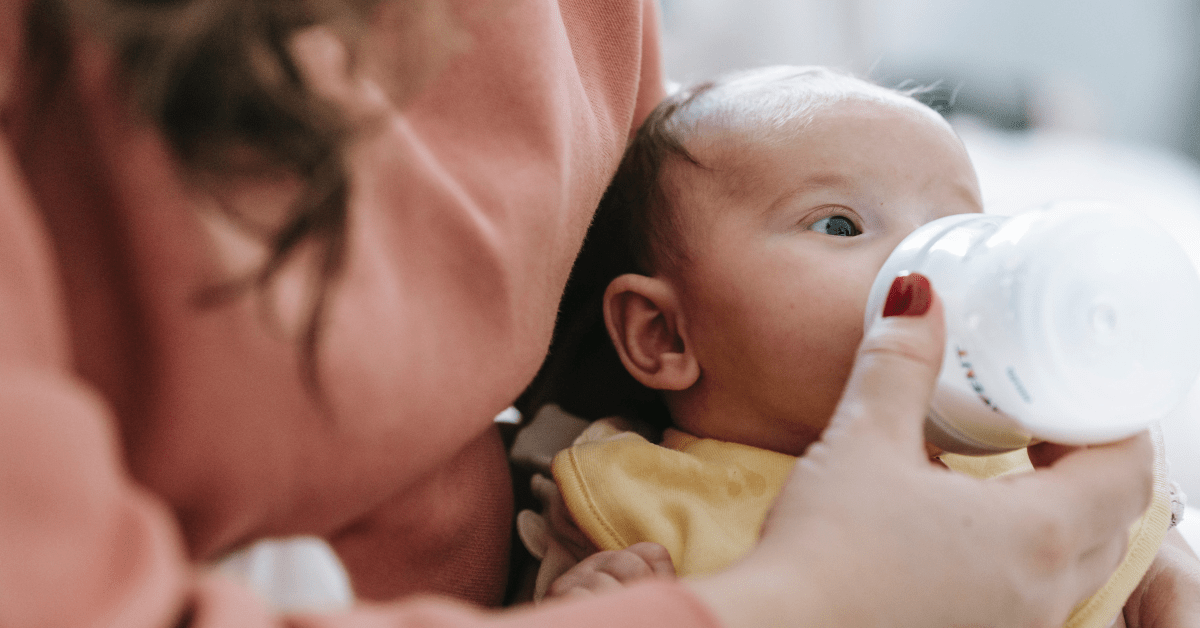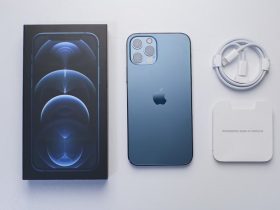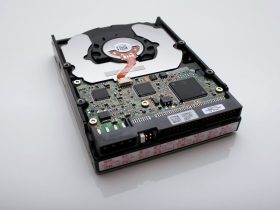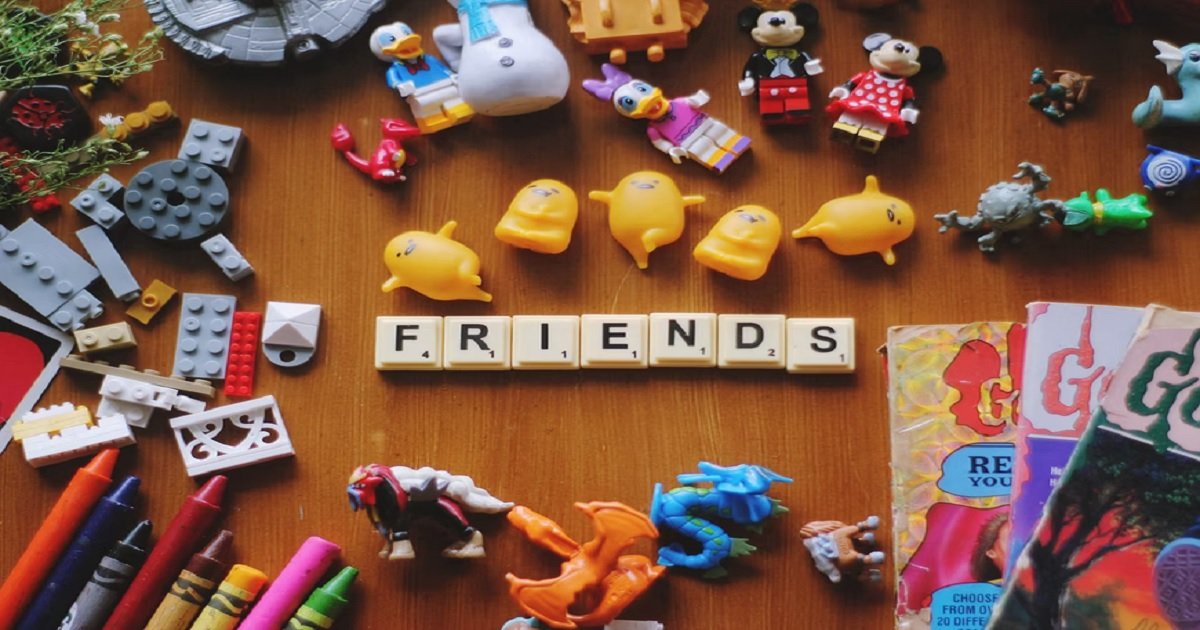
What will you require when you have a kid, among other things? Baby bottles Even if you want to breastfeed your child exclusively, there may come a moment when you want to take a little break and ask your partner to assist with feeding. When creating your baby registry, baby bottles are a requirement. But how can you be certain that you’re picking the proper bottles when so many options are available, and babies have various preferences? You should think about several factors.
Therefore, have a strategy and know what to search for before making your purchase before scouring the internet or the baby bottle section of your local retailer. Before your baby is born, use this list to help you choose at least one or two high-quality baby bottles. Once your baby is here, he can decide which one(s) he prefers.
Despite the fact that nursing is undoubtedly the greatest method to raise a kid, some new mothers are forced to choose the bottle for various reasons. A bottle becomes an essential baby care item, whether you are pumping your breast milk or giving your child formula. Here are some things to consider while selecting the best bottle for your kid.
Of course, the most crucial consideration is whether the baby likes the bottle or nipple. As a new mother, it is nearly as crucial that you feel at ease using them because cleaning and upkeep will become frequent (and tiresome) responsibilities for you.
How to Choose the Right Baby Bottle
Here are some things to think about when buying baby bottles.
- Bottle Material.
Different materials, including Glass, silicone, plastic, and stainless steel, are used to make baby bottles. As you consider your alternatives, be sure the company and bottles you select are secure and devoid of poisonous substances and possibly harmful components. BPA (bisphenol A), phthalates, lead, and PVC, for instance, is all prohibited.
- Plastic Bottles.
Many baby bottles are composed of plastic, as you will discover. Choosing plastic bottles is a wise move. They are affordable and practical for parents because they are light and durable. However, they will eventually need to be changed, particularly if you want to use the bottles for feedings frequently. When ought they to be changed? Check for leaks, scratches, cracks, discoloration, foggy appearance, and foul smells.
- Glass Bottles
Glass is inherently devoid of hazardous chemicals, composed of natural materials, and dishwasher safe. Thus glass bottles provide parents peace of mind. They are less likely to be scratched than plastic bottles and can handle hot water when boiling to sterilize. Glass can also withstand abrupt temperature fluctuations, such as being heated from the refrigerator. Glass won’t leach impurities into the breastmilk or formula within, which is another benefit. Parents also like that glass bottles survive for many years and almost ever need to be refilled until they shatter.
Glass baby bottles are strong and long-lasting but also bulky and breakable. When cleaning, they may also get slick. You may solve this by purchasing protective silicone sleeves for better grip and break protection.
- Silicone Bottles
Because they are lightweight, unbreakable, flexible, and have a more “natural” feel about them, these bottles have gained popularity. They are BPA-free and constructed of food-grade silicone. A good compromise between Glass and plastic bottles is silicone bottles. Although they are not as sterile, weighty, or breakable as Glass, they are also not as porous and stain-prone as plastic. Silicone baby bottles are a terrific choice if you’re searching for something with a lower price tag than glass baby bottles but still want the safety aspects, such as being naturally non-toxic!
- Bottle Shape
You’ll see that baby bottles come in various sizes when you look at them.
- Standard: Baby bottles that are tall, thin, and straight.
- Wide: Baby bottles that are shorter and wider. Additionally, the nipples on them are short and broad to resemble breasts. Wide bottles might be simpler for your baby to grip early and are easier to clean.
- Angled: Because the necks of these bottles are curved, milk gathers towards the bottom of the container. This could keep your child from inhaling air. This shape’s drawback is that it could be more challenging to clean.
- Bottle Size.
Baby bottles come in two sizes: small (about 4-5 ounces) and big (approximately 8-9 ounces). The tiny baby bottle size is more practical when a baby is young and just consuming 2-4 ounces every feeding. However, as babies become older, they will eat more at each meal, necessitating the purchase of bigger bottles.
- Will it develop with my child?
Consider whether you want a perfect baby bottle size that will grow with your child before making a purchase. If so, you may skip the tiny bottles and go right for the large ones to save some money. It’s not necessary to start out by totally filling the bottles. But be aware that some bigger bottles have a nipple that flows more quickly. Therefore, before making a purchase, confirm the nipple level of the bottles, especially if you intend to use the larger bottles with your child.
- Nipple Material
Bottle nipples are often constructed of silicone, latex, or natural rubber. However, you may find those that aren’t.
- Latex: Compared to silicone nipples, latex nipples are softer, less costly, and more flexible. They do, however, lose their durability more quickly. They may also release dangerous nitrosamine carcinogens, which is terrifying. It’s also important to remember that certain babies have latex allergies.
- Silicone: Food-grade or medical-grade silicone is used to make silicone nipples. They last much longer since they are more resilient and harder than latex nipples. They are also devoid of toxins!
- Natural Rubber: Nipples made of natural rubber are soft, flexible, and non-toxic.
No matter what nipples you buy, you’ll eventually need to replace them. What exactly should you watch out for? Look for thinning, discoloration, cracks, rips, if they get sticky, and if the flow is moving more quickly than it did when you first bought it.
- Bottle Conveniences
Additionally, some bottles include a few advantages that might aid in your decision to buy a baby bottle.
- Easy to Clean
You will have to wash many bottles if you decide to bottle-feed your baby only breastmilk or formula. Consider how many pieces there are in the bottle because this is one of the least enjoyable parenting tasks. Consider if you need a bottle brush to clean the bottles and how simple it is to clean each component.
- Storage
To avoid cleaning the same few baby bottles repeatedly all the time, you’ll need to have a number of them on hand. They can occupy a fair amount of storage space because you need a lot of bottles. When keeping the bottles, take into consideration their size and shape.
- Venting Options
Limiting how much air Baby can be done using bottles that have unique venting mechanisms. This may lessen flatulence and spit-up, which may lessen fussiness. Babies with colic may benefit notably from venting bottles.
Conclusion
Choosing a milk bottle for a newborn is difficult for many new parents. Some people buy a bottle they like, which is improper. The baby could not eat enough, which could make him or her irritable. You may choose intelligently by using the advice provided in this article. Likewise, it is important to choose the best milk formula for your baby. HiPP presents the world’s best organic formula for your loving baby.










